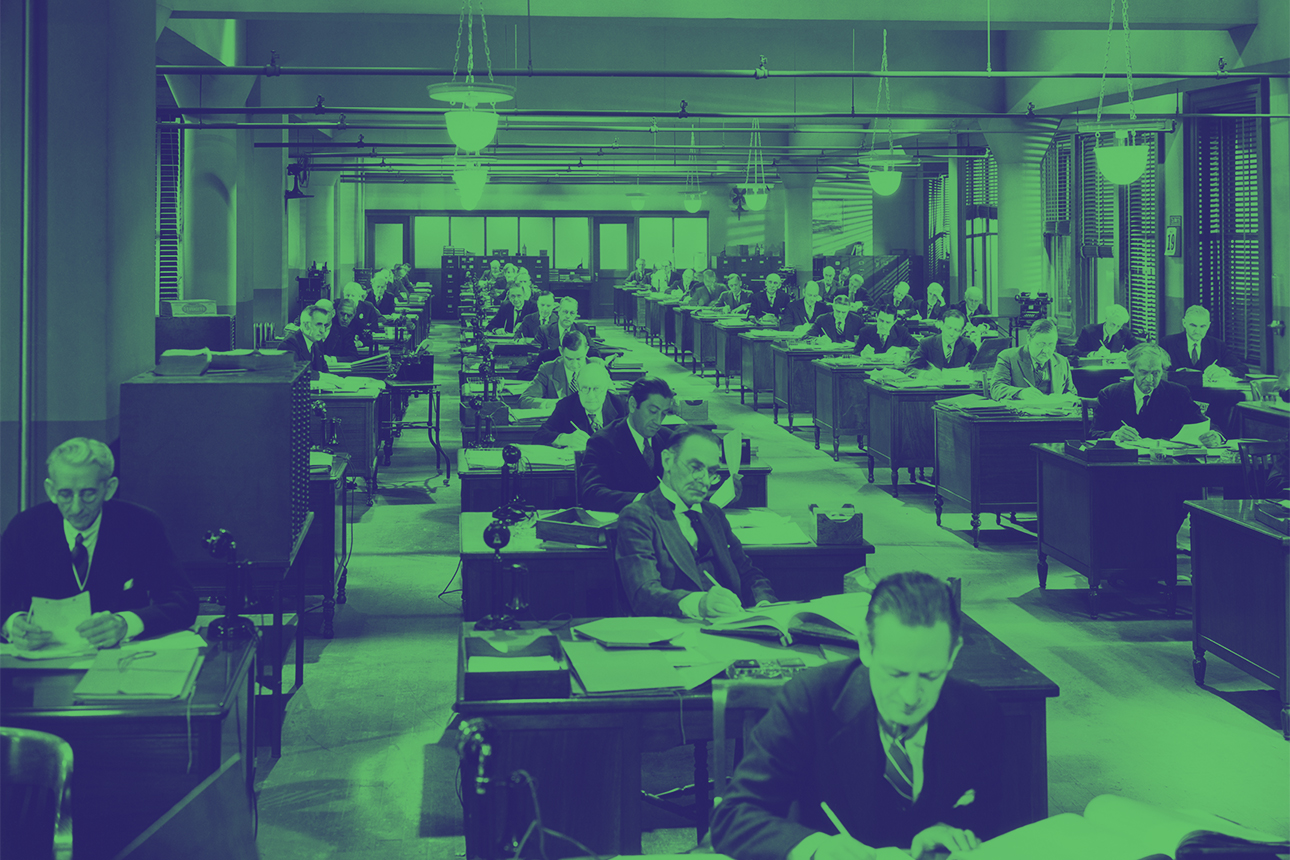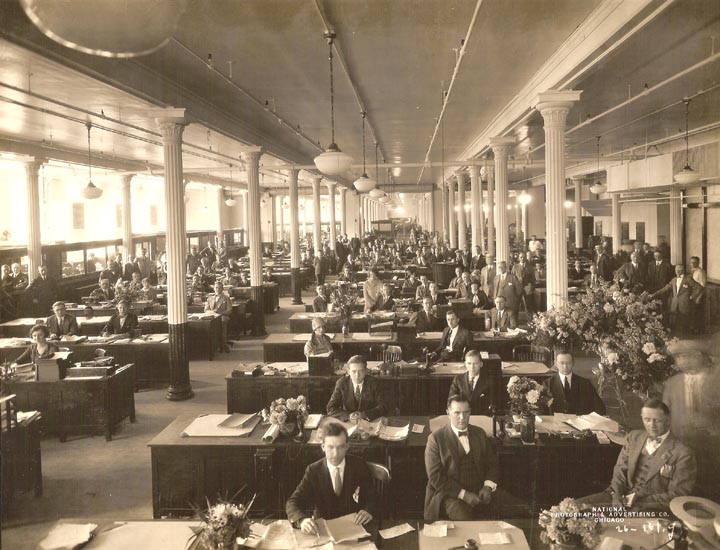
Work has definitely been changed by the COVID-19 pandemic. For those fortunate enough to be working remotely, speculation about returning to an office is accompanied by a range of mixed emotions. For some, staying at home has fueled a strong desire for a return to work life where in-person social connections can be restored. Others are thrilled with the time and money they have saved by eliminating long commutes to centralized offices.
Another subgroup of people stands undecided, acknowledging both the pros and cons of their current work situations. Many express loneliness and miss the physicality of being among colleagues; they miss their old routines and rituals, the structured predictability of their workdays, and the demarcation of work life from domestic life. Now, it seems like work life and domestic life are all rolled into one, and for many, it’s a very messy time. Yet, many of these same people also find themselves embracing the flexibility and fluidity afforded by not going into the office every day. They relish the opportunity to spend more time with family while also finding time to focus on their own wellness. Like so many social relationships, the prospect of returning to the office is complicated.
Let’s also acknowledge that many people do not have the option to work from home because the very nature of their work requires their physical presence. The people who educate our children and tend to our elderly by and large do so in person. Those who deliver our packages and pick up our trash are, quite literally, always onsite. Most workers in transportation and logistics, manufacturing and event planning, and hospitality and food service, among many others, are likely reflecting far more on when they will be able to go back to work and not where that work will happen.
Current conversations about what a return to work will look like both in the coming months and after the COVID-19 crisis focus primarily on those workers who are or aren’t required to be in a centralized place of work — and what “there” might look like. Geographical and industry differences present unique challenges to what elements these workspaces — whether field, warehouse, office park, or terminal — will comprise.
The workplace that I am most familiar with is the corporate office: Decidedly separate from home, the office is purpose-built as a place to get work done. I’m of the mind that to better understand the current moment, we need to trace how we got here in the first place. Although we can’t predict the future, we can certainly imagine possible futures from a more informed present.
Of course, humans have been “going to work” for as long as they have been around. We needed food and shelter for communal survival, so we hunted and gathered to secure these necessities. We innovated systems of exchanging labor — some manual, some in the realm of what we’d eventually call “knowledge work” — and goods based on trade and barter. Some forms of labor were manual, while others were not.
As modern work practices evolved, those in clerical or administrative roles found their way into what we now broadly refer to as “the office,” while others worked manually on farms and in factories. I’ve worked in both types of settings and, along the way, have acquired a fair degree of local knowledge about “how work gets done here.” Regardless of location, all places of and for work are symbolically dense, historical artifacts formed in the lived interplay of people, practices, and power over time.
Which brings me back to the office. What are some of the systems of belief, histories of technology, and culturally specific practices that have shaped what many of us think of as the office? How might we reimagine both the office and how work gets done based on what we can glean from the past?
A Social History of the Modern Office
A place dedicated to the productivity of those undertaking mental work and handling information — Peter Drucker’s so-called knowledge worker — the office has a relatively short yet dynamic social history. As a place separate from domestic life, the office has been the subject of books, such as Gideon Haigh’s The Office and Nikil Saval’s Cubed: A Secret History of the Workplace, as well as numerous television shows and films.
The medieval monk in a dimly lit chamber, poised with pen and parchment, head down at a small desk, intensely focused on the manuscript before him, is an early example of the kind of work — solitary and dedicated to deep concentration — popularly associated with working in the office.
Across Europe, beginning in the 18th century, wealthy merchants had home offices where they could display their status and power and entertain prospects and partners, while civil servants, lawyers, clerical workers, and bookkeepers increasingly began working in shared offices. As a consequence of abundant paperwork created in the course of business dealings across the empire, the East India Trading Company deemed it necessary to centralize all administrative functions. In 1729, East India House was constructed; it was an office building purpose-built to ensure the efficiency and productivity of a large and expanding workforce.
On a similar theme, in 1854, Stafford Northcote, later chancellor of the Exchequer, and Sir Charles Trevelyan, assistant secretary to the British Treasury, wrote the following regarding the optimal administration of civil servants:
For the intellectual work, separate rooms are necessary so that a person who works with his head may not be interrupted; but for the more mechanical work, the working in concert of a number of clerks in the same room under proper superintendence, is the proper mode of meeting it.
Steam-powered machinery contributed to the production of cheap paper made from wood pulp in the 19th century, which in turn made it more profitable to hire additional white-collar office workers. This may explain, in part, the somewhat derogatory description of white-collar workers, and especially civil servants, as “paper pushers.”

Image courtesy of the Early Office Museum
Mass production of office equipment such as desks, chairs, typewriters, and adding machines, coupled with enthusiasm for Frederick Winslow Taylor’s book The Principles of Scientific Management on how to extract the maximum productivity from workers, found expression in offices engineered to mechanize human workers (as human labor) at scale while affording managers a panoptic view of the shop floor.
Along with developments in materials science, organizational management, technology, and public policy came new ways to imagine what an office might be, how to best manage employees for maximum productivity, and the very definition of employee itself. How these emergent forms came to reflect ideas about personal identity, interpersonal relationships, and where and how work gets done provide a vantage point from which to reflect on and contextualize the post-pandemic office.
Contextualizing the Office: How and Where Work Gets Done
No comments:
Post a Comment